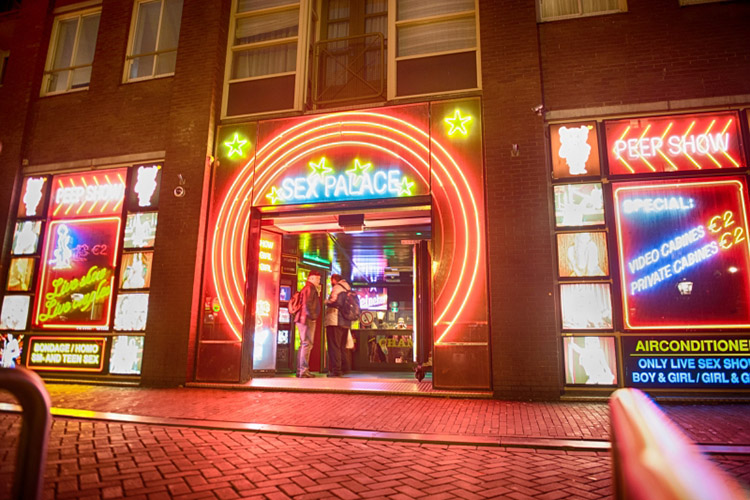BY: CAROLINE ROLF
There is little that parallels the feeling of starting a new adventure in a foreign place. You’ve just landed, picked up your luggage in record time, now all that’s left to do is grab a map and go. The excitement of the people you’re going to meet and the stories you’ll be able to share awaits you. Perhaps one of the most memorable places to visit is Amsterdam. With its 17th century monumental brick buildings, breathtaking open skyline and positive attitude towards life, you know you’re going to have an unforgettable time. But you may have to rewrite your “to-do” list before you visit, as the city is taking steps to deter tourists from flocking to the Red Light District or spending the day in a “coffee shop,” bleary eyed all the while.
These hot spots are among the many reasons more than 16 million tourists visit Amsterdam every year. It seems that these men and women are coming less for the Anne Frank House and more for the legal marijuana and bars that stay open until sunrise. While a booming tourist industry is a real boost for the city’s economy, officials are working towards reducing the problematic side that comes with travellers. Netherlands’ capital wants to find a balance between what the puke visitors leave in the bike paths at 3 a.m. and its 813 000 some peaceful residents.
For starters, officials have banned bierfiets, or mobile bars, from the city’s core and busiest streets. Noisy partygoers will also find themselves barred from more hotels and pubs as Amsterdam’s police are cracking down on obnoxious, alcohol-induced behaviour in public. Rembrandtplein, a bustling square with plenty of bars, will only welcome pedestrians on Friday and Saturday nights. To top it all off, the city has halted approving new permits for hotels in the centre in an effort to encourage visitors to explore beyond the overcrowded canals.
Amsterdam is also making major changes to the Red Light District. Project 1012, named after the area’s postal code, wants to increase livability by reducing unappealing business like human trafficking and organized crime. Since 2007, over 100 brothels have been closed to make way for upscale boutiques, cafes and art galleries. Visitors will continue to visit the District to see prostitutes in the windows, but the idea is to attract a higher class of tourists. This is, of course, assuming that wealthy people don’t visit sex workers.
It is unlikely that we will ever see coffee shops made into private clubs or the Red Light District eliminated entirely, but the effort to disperse visitors away from the congested streets to businesses outside the city are well underway. It seems to me that Amsterdam is looking to remain a tolerant, enticing city without scaring off wealthy tourists who have money to spend. It might be wise to skip these infamous attractions altogether and opt for a more off-the-beaten-path adventure along with all the markets, shops and museums you could wish to see.
Image sourcing: evislens.wordpress.com, gotha.pamagasiner.dk, amsterdam.info





